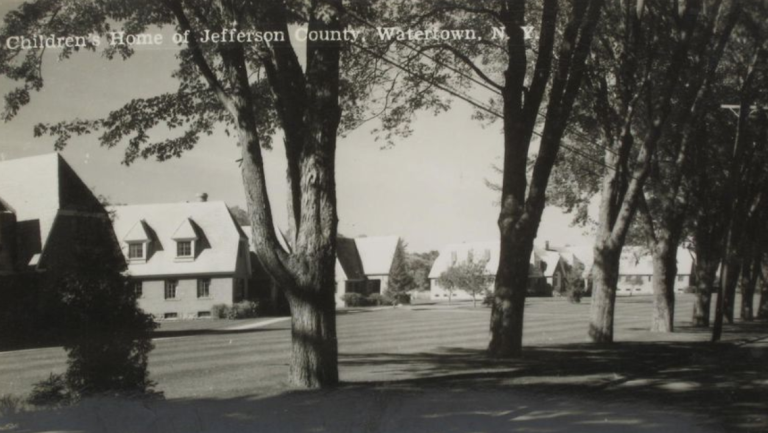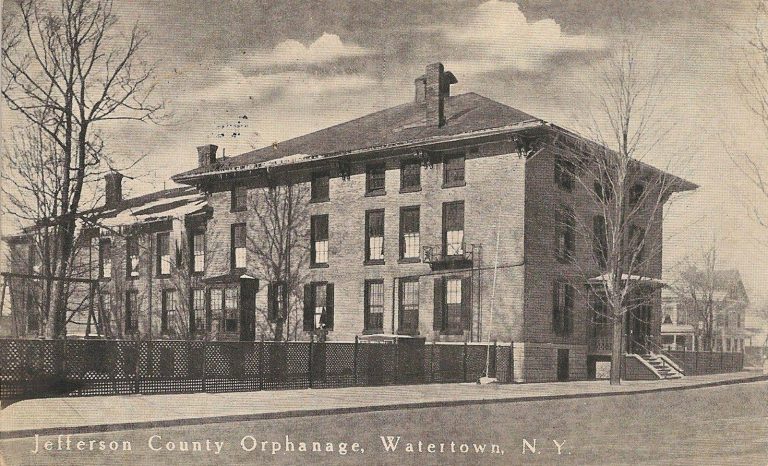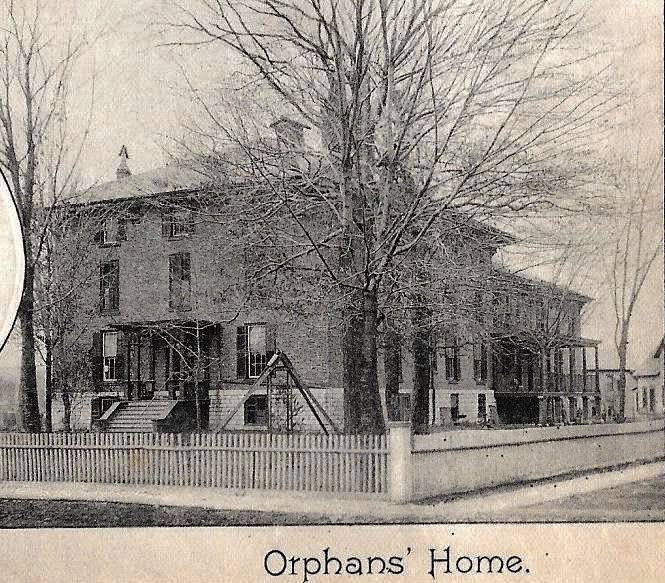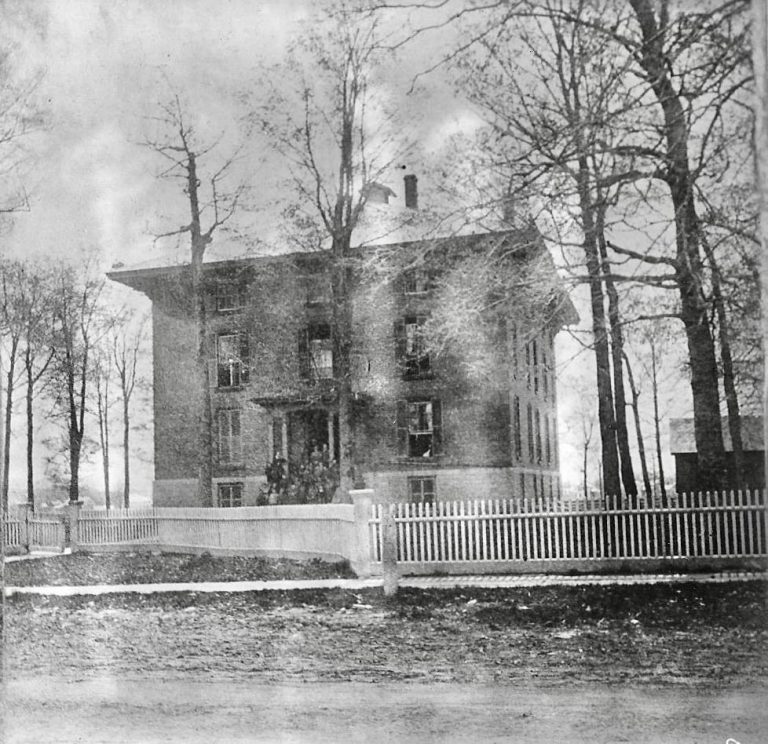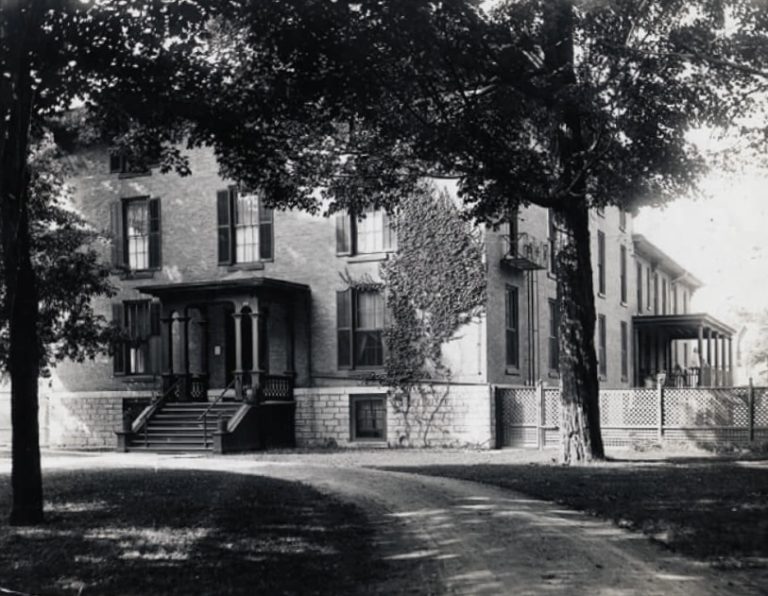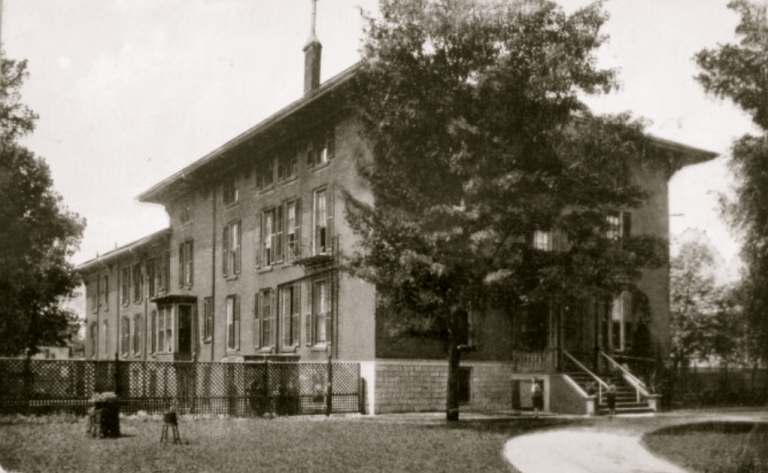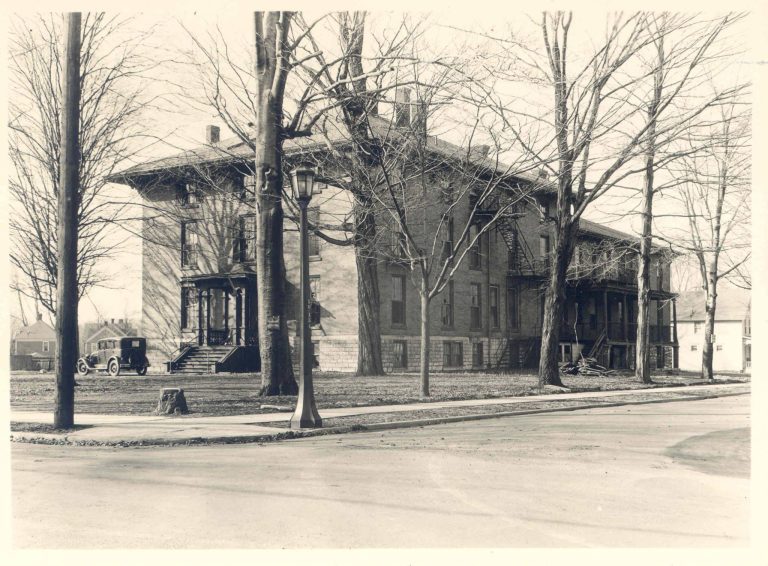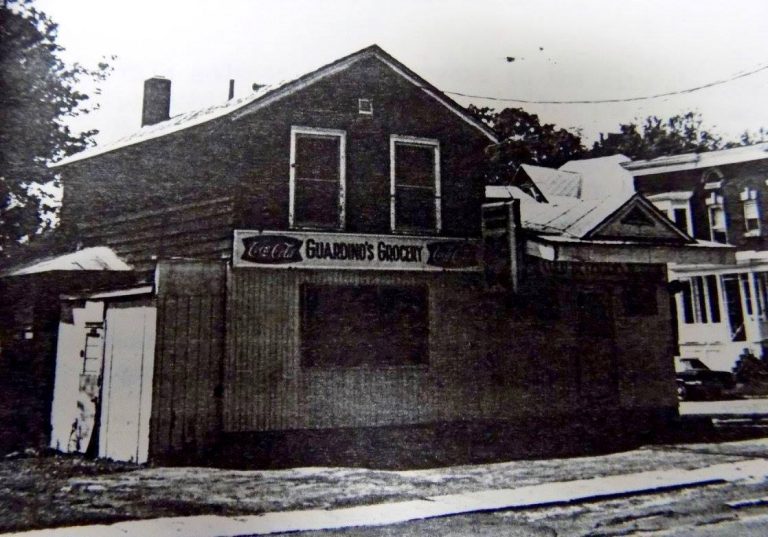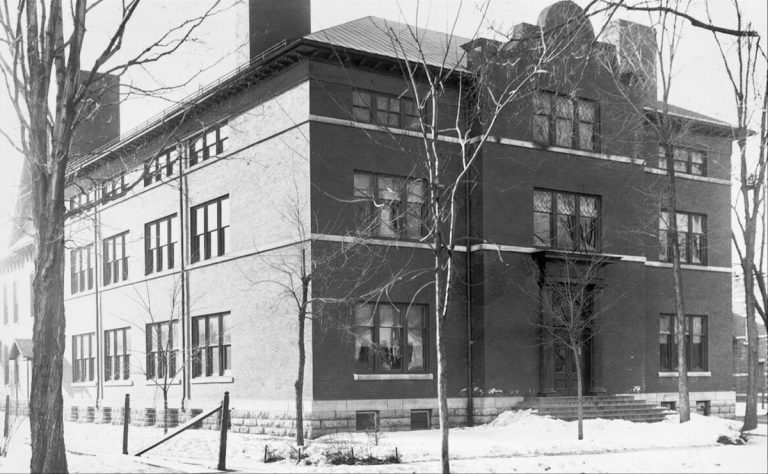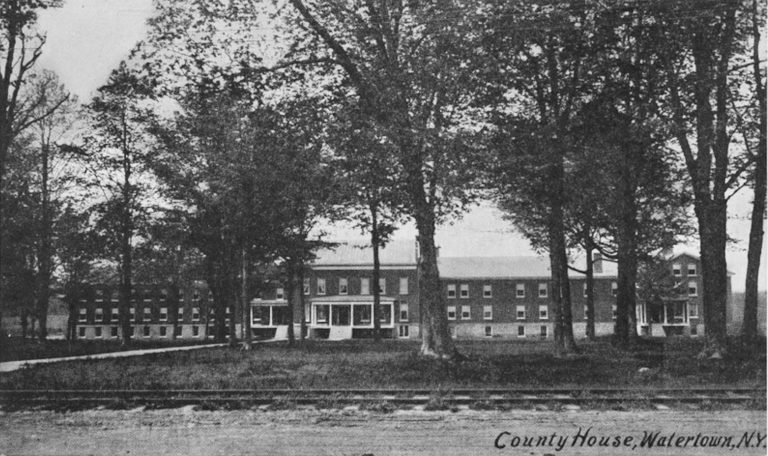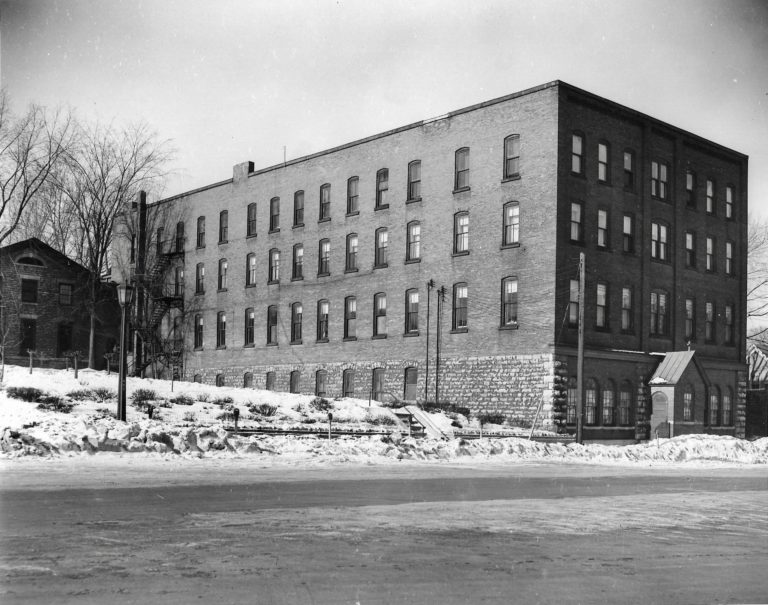The Jefferson County Orphan Asylum Found a New Name, And Home, In 1864
Before becoming the Jefferson County Orphan Asylum in 1864, when its new location was built, the intuition was known as the Watertown Home for Destitute and Friendless Orphans and Children. A state charter was established in 1856, when, according to a Watertown Daily Times article published in 1913, the idea was conceived by some philanthropic women in Watertown. Still, the charter was allowed to expire before anything could be accomplished, and then tragedy struck, setting events in motion to create the orphanage.
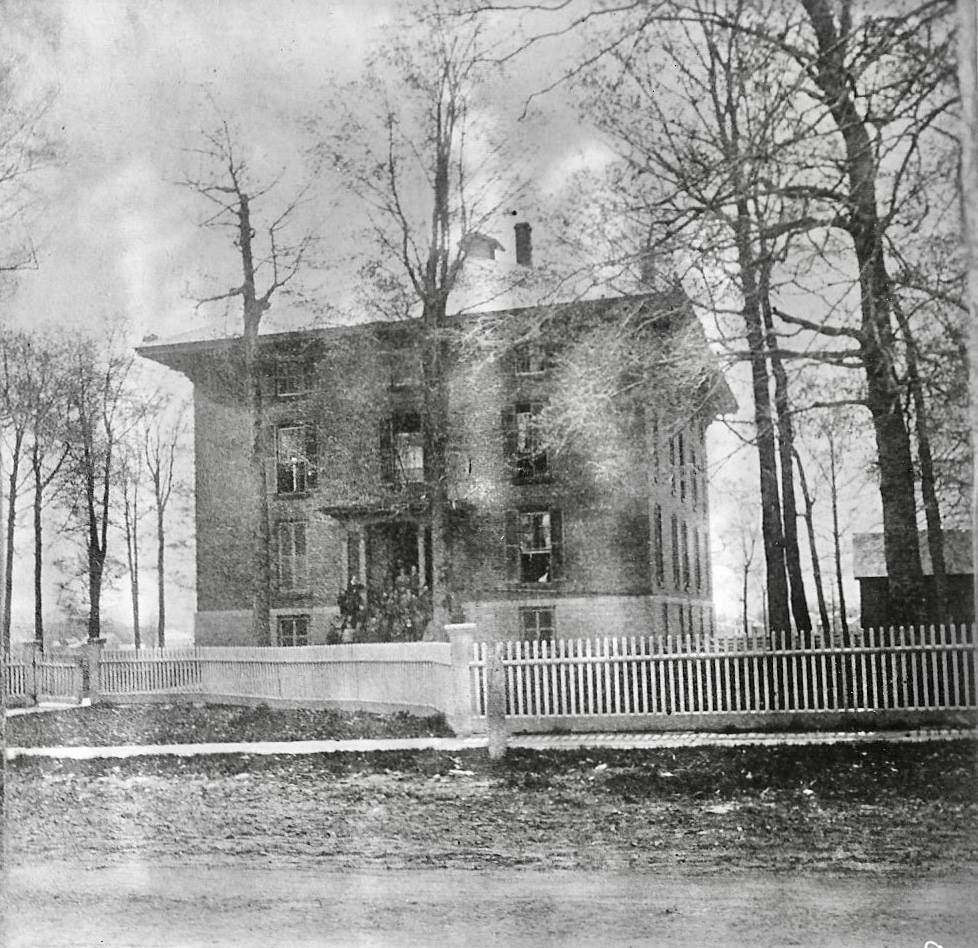
In 1859, 17 years before Eames Vacuum Brake Co. inhabited it, BeeBee Island had homes constructed upon it. A widow, only known by the last name of O’Donnell, fell down two stairs and broke her neck on a cold February night, leaving her two children, James “Jimmie” and Mattie, ages 10 and 8, respectively, destitute.
A meeting was held by some of the women in the then village of Watertown, and a house was rented at 2 Woodruff Street for $6 a month. James and Mattie O’Donnell would represent the humble beginnings of Watertown Home for Destitute and Friendless Orphans and Children, with Miss Jane Frazier as the matron.
The location of the institution moved several times in its formative years, its next location was on the corner of Sterling and Goodale Streets, and its third was on the corner of Franklin Street and Public Square, near the YWCA building. During these few years, the land for its permanent location, one acre, was donated for its location on the corner of Keyes Ave. and Franklin St. by none other than Rev. Richard G. Keyes.
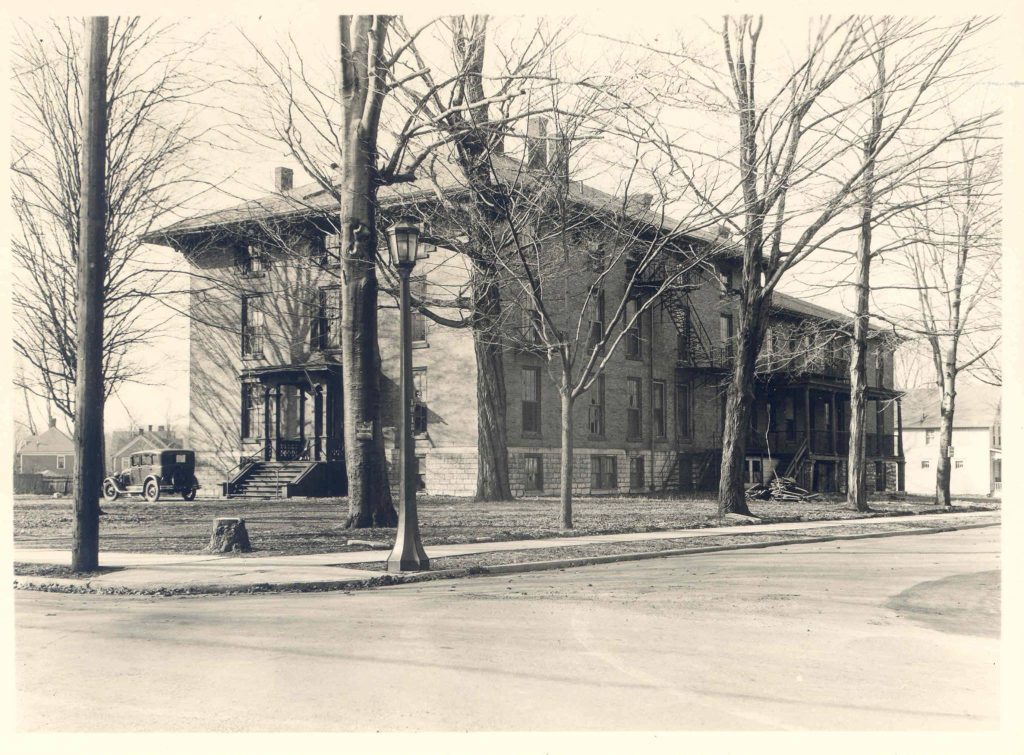
In 1861, the corporation was officially formed under the name Watertown Home for Destitute and Friendless Orphans and Children, and three directors were elected. The following year, a drive was held to raise public funds via subscriptions totaling $5,000, with the state adding another $5,000 the following year.
In the May 10, 1915 edition of the Watertown Daily Times, an article detailing the Jefferson County Orphan Asylum history noted–
The present home, built on the lot donated by Rev. Mr. Keyes, was completed, furnished and occupied by April 20, 1864, at a cost of about $14,000. Fifty children entered the new home and during the first five years of its existence, the home was sustained entirely by the personal efforts of those interested in the work.
The brick building was three stories high, sixty-five by fifty feet, and built to accommodate fifty who were often called “inmates.” At the time of its construction, the Jefferson County Orphan Asylum, as it officially became known the same year it opened after the state assembly and senate approved the name, was located on the outskirts of the village in what was then “the countryside” while retaining the conveniences of being near the village, and later, inside the incorporated city of Watertown.

Upon its opening and name change, the Jefferson County Orphan Asylum had as its ex officio trustees the county judge and chairman of the board of supervisors of Jefferson County. Several years later, Lotus Ingalls, an assemblyman and founding publisher of the New York Reformer; George W. Knowlton, founder of Knowlton Brothers Paper Co., and Robert Lansing, state senator, district attorney, and first Watertown court judge, were elected trustees, and the trend of high-profile individuals in the role continued for many years.
Despite this and its name, the orphanage has never been a county-run enterprise, having operated mostly from donations. Its first year in operation saw a total of sixty-eight children living there throughout the year. As the village of Watertown grew and became a city, so too did the Jefferson County Orphan Asylum. As stated in an article printed May 17, 1871, in The Times–
Children of both sexes are admitted to asylum. They are received at all ages, and retained only until good situations in families offer. By arrangement with the board of supervisors, all destitute children of the county becoming a public charge, are provided for in the institution, and the expense of their maintenance is, in part, defrayed by appropriations from the county treasury.
The whole number of admissions to the institution since its establishment, is 579; 72 were supported the past year, and 34 were remaining October 1st.
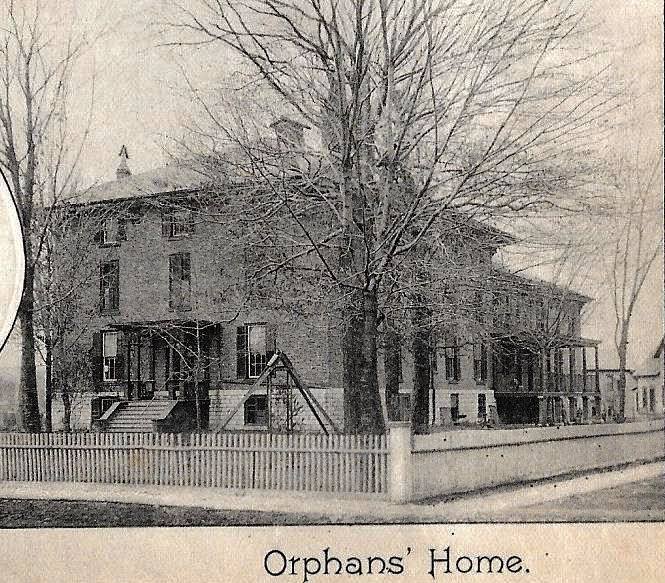
The children were taught elementary branches, typical school education, and “religious truths.” As it wasn’t uncommon for children to work at a young age, they were also taught industrial skills appropriate for their age and learning abilities, as given by the superintendent under the appropriate rules and regulations. It wasn’t until 1908 that public schools were opened for the orphanage’s children.
Around 1896, the Jefferson County Orphanage expanded as the city grew tremendously. When the St. Patrick’s Orphanage on Coffeen Street opened in 1898, it relieved the County Orphanage of a need to expand yet again as all Catholic children were sent to it. For the most part, the numbers of each institution remained fairly close in the following years.

Over the years, many philanthropic individuals gave to the Jefferson County Orphan Asylum. Roswell P. and Sarah Flower created the Henry K. Flower fund after the death of their son at the age of 15 with a $5,000 gift. George Cook, who gifted the city’s Soldiers’ and Sailors’ Monument, similarly left $5,000 from his estate to the institution in 1901.
Six years later, the orphanage held its first public charity benefit on April 5 at the Watertown High School auditorium. The Times promoted the event in a number of articles, stating–
The program, doubtless, will surpass anything that has recently been given in the musical line in this city, as such well-known artists as Roy V. Rhodes, the baritone, of Troy, N.Y., Miss Jessie Camp Ross, humorist, of New York, Mrs. Charlotte Bord-Gilbert, soprano, formerly of the Metropolitan Opera Co., and other talented artists are to appear, and patrons are assured an enjoyable evening as well as the opportunity of helping this worthy institute.
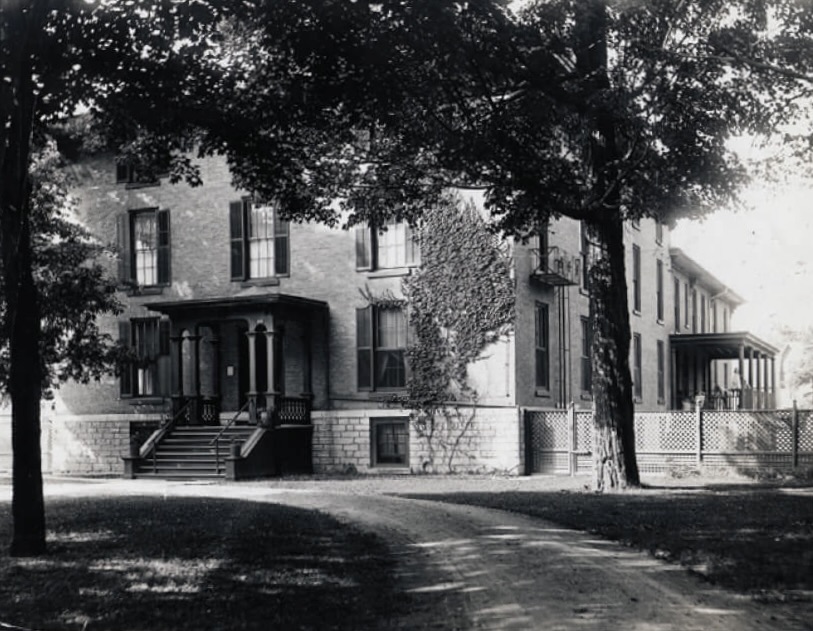
Later that year, the children of the Jefferson County Orphan Asylum spent an entire day picnicking at City Park. Leaving the orphanage at 10:30 a.m., they soon enjoyed lunch on the lawn at noon before the younger children frolicked in the wading pool while the older children participated in a baseball game. Supper was served at 5 p.m. before they made their way back down Franklin Street at 6 p.m.
The late spring of 1914 saw a number of improvements made at the orphanage, mostly due to new codes established. Modern iron fire escapes replaced the old and dangerous wooden escapes while the interior lighting system was upgraded, resulting in all wires being routed through iron conduits. A new veranda was also erected on the building’s south side, leading to the boy’s playground.
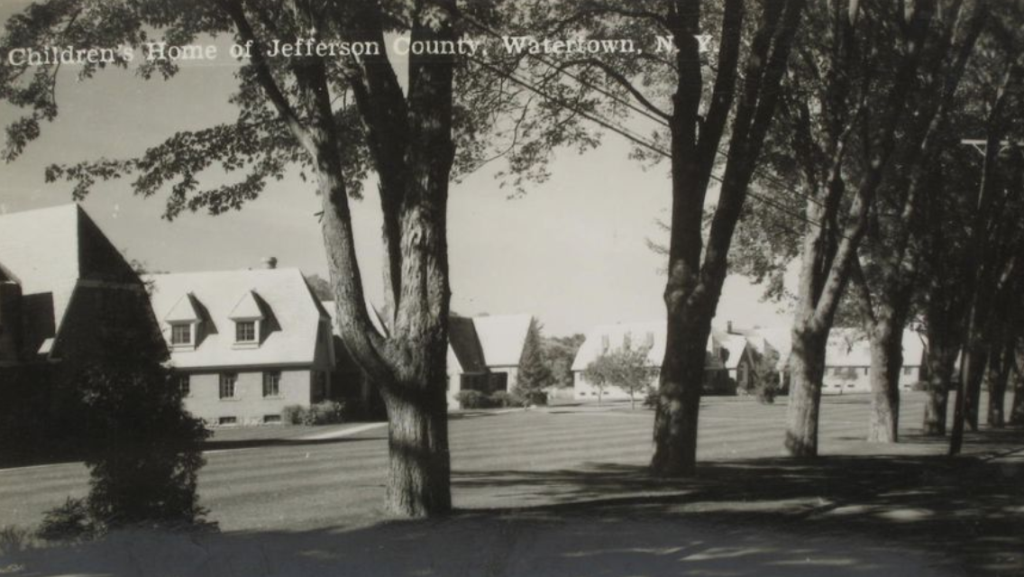
In 1918, the Jefferson County Orphan Asylum, looking forward to its future, purchased 14 acres of land on outer State Street. The somewhat fortuitous planning took over a decade, and serval fundraising efforts, before the vision to build a cottage-like setting came to fruition when the new orphanage opened on March 1, 1929.
The Jefferson County Orphan Asylum changed its name the following year to Children’s Home of Jefferson County, which it has remained as ever since. The former orphanage building on Franklin Street and Keyes Ave. was put up for sale in 1929 and razed in 1934. St. Vasilios Greek Orthodox now resides at the location.
